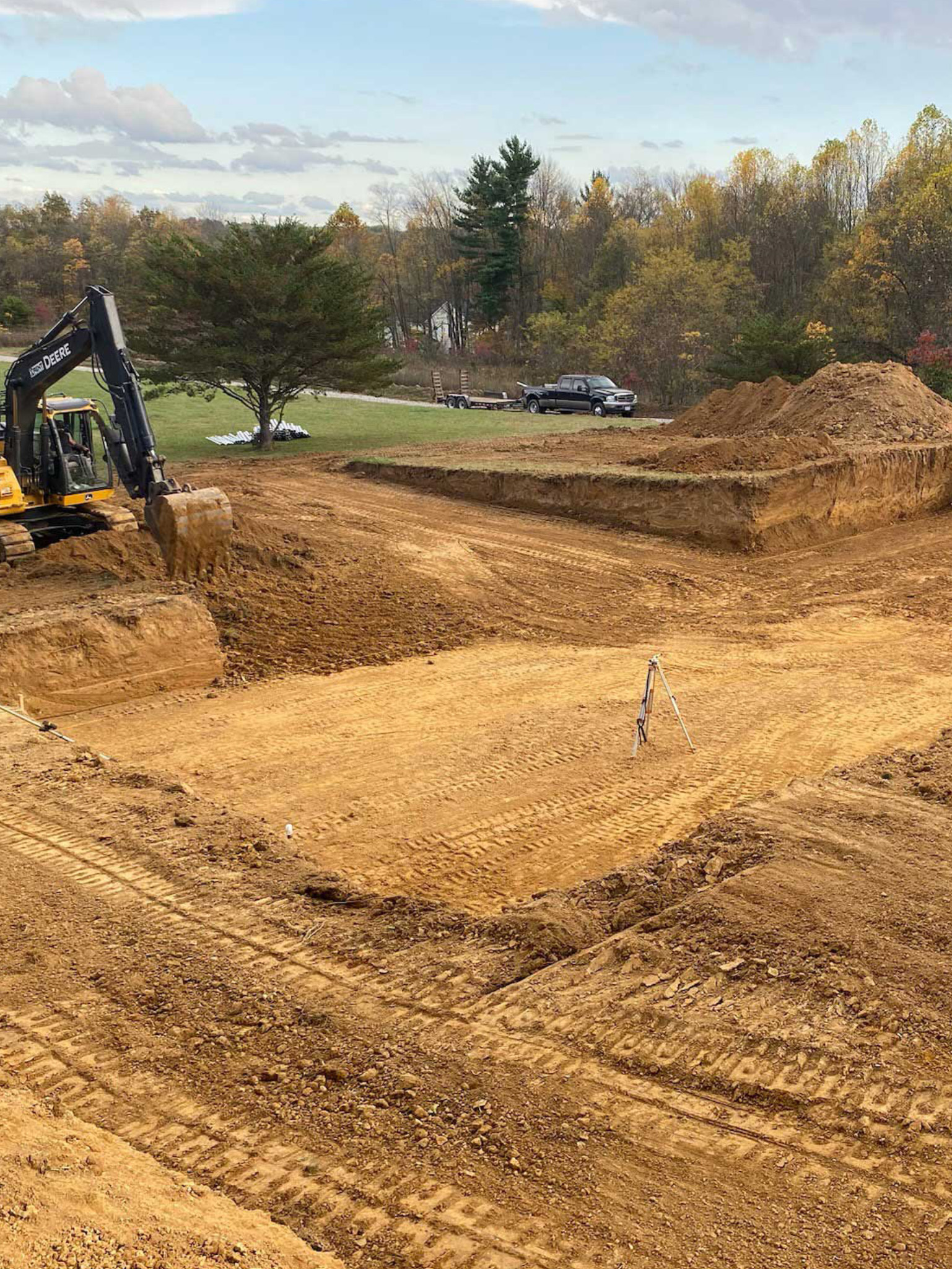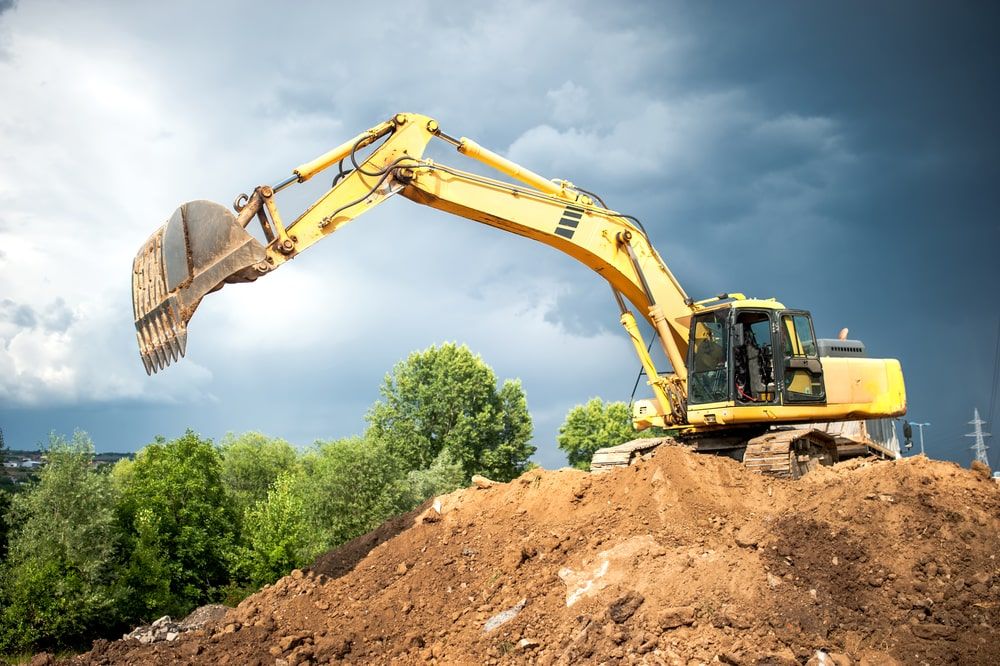Excavating Ohio - Top Excavation Professionals for Ohio Projects
Wiki Article
In-Depth Exploration: The Science Behind Superior Excavation Practices
The world of excavation techniques is a domain where science intertwines with workmanship to discover the enigmas concealed beneath the earth's surface. From old hand devices to modern-day hydraulic excavators, the advancement of excavation techniques has been a testament to human ingenuity and technological improvements. What really sets exceptional excavation methods apart is a deep understanding of geological principles, combined with the usage of advanced tools and approaches. By exploring the science behind these practices, we can uncover the secrets that lie beneath our feet and value the precision and experience that enter into every dig.Evolution of Excavation Techniques
Throughout history, the development of excavation techniques has played an important function ahead of time building techniques and historical explorations. From the primary tools used by our ancestors to the innovative machinery employed in modern-day times, the progression of excavation approaches has significantly changed how we come close to various tasks.In ancient times, hand-operated labor with fundamental devices such as wheelbarrows, shovels, and pickaxes was the main approach of excavation. This labor-intensive process restricted the depth and range of excavations, frequently causing slow progression and restricted access to particular sites. As people progressed, so did the devices and techniques made use of for excavation.
The Industrial Revolution marked a turning point in excavation practices with the intro of steam-powered equipment. In modern times, modern technology plays a crucial duty in excavation, with advancements like General practitioner systems, drones, and 3D scanning boosting precision and effectiveness in the field.
Function of Innovation in Excavation

The assimilation of innovative innovation has fundamentally transformed the field of excavation, improving accuracy and effectiveness to extraordinary levels. Among the vital technical improvements that has actually substantially influenced excavation techniques is the utilization of GPS systems. These systems enable exact mapping of excavation sites, making it possible for operators to accurately situate underground energies and frameworks. Additionally, the use of telematics in excavation equipment has actually allowed real-time monitoring of equipment performance, causing proactive upkeep and increased functional productivity.
Furthermore, the development of 3D modeling and simulation software has streamlined the preparation procedure for excavation projects. Drivers and engineers can now picture the whole excavation procedure before breaking ground, determining possible challenges and enhancing process. Combined with this, the execution of drones in excavation tasks has actually helped with aerial surveys, volumetric dimensions, and website examinations with unequaled rate and precision.
Geological Concepts in Excavation
An understanding of geological principles is vital for making sure the architectural stability and security of excavation sites. Geological elements play a critical duty in determining the feasibility and security of excavation tasks (lancaster excavation). One essential geological principle to think about is the sort of soil or rock present at the site. Different soil types, such as sand, crushed rock, or clay, have differing degrees of stability and call for different excavation techniques. Cohesive dirts like clay might require additional support to avoid collapses, while sandy dirts might be susceptible to erosion throughout excavation.By conducting complete geological studies and analysis, excavators and designers can develop methods to mitigate dangers and ensure the effective completion of excavation projects. Eventually, including geological concepts into excavation techniques is essential for accomplishing secure, efficient, and sustainable results.

Newest Tools for Excavation
In the world of excavation methods, modern innovations in devices have revolutionized the performance and precision of excavation processes. These drones can supply comprehensive aerial studies of excavation sites, offering real-time data on topography and potential hazards.An additional cutting-edge device obtaining popularity is why not check here the implementation of 3D printing innovation for producing custom-made excavation tools. This allows for the manufacturing of specialized devices that are customized to the certain demands of a project, raising efficiency and decreasing downtime.
Furthermore, improvements in products scientific research have resulted in the growth of more powerful and much more sturdy excavation home devices. excavating ohio. Tungsten carbide-tipped excavator accessories, for instance, deal exceptional efficiency in difficult ground conditions, boosting performance on-site
Science's Influence on Excavation Practices

In addition, improvements in materials science have actually resulted in the development of stronger, extra resilient excavation devices and tools. As an example, making use of composite materials in shovels and diggers has improved their performance and durability, eventually boosting efficiency on excavation sites. Additionally, clinical research see post study on soil technicians and geotechnical engineering has provided useful insights right into dirt behavior, permitting excavation specialists to make educated decisions pertaining to excavation methods and soil stablizing techniques. On the whole, scientific research continues to drive development and renovation in excavation practices, making excavation tasks more reliable, cost-effective, and lasting.

Verdict
Finally, the advancement of excavation methods has been greatly affected by advancements in modern technology and a much deeper understanding of geological principles. The current devices and tools utilized in excavation have boosted performance and accuracy in the field. The application of scientific understanding has actually dramatically improved excavation practices, causing extra sustainable and effective approaches for digging deep into numerous sorts of materials.In the world of excavation techniques, contemporary innovations in tools have reinvented the performance and precision of excavation processes. By leveraging scientific principles, the excavation market has actually been able to dramatically enhance performance, accuracy, and safety and security in excavation procedures. GPR allows excavation teams to non-invasively scan and map subsurface frameworks, utilities, and possible hazards, enabling them to plan excavation tasks with better accuracy and lowered risk of mishaps.
Additionally, clinical research study on dirt auto mechanics and geotechnical design has actually provided valuable insights into dirt behavior, permitting excavation specialists to make informed choices pertaining to excavation methods and soil stablizing strategies. In general, scientific research proceeds to drive innovation and improvement in excavation techniques, making excavation jobs much more efficient, affordable, and sustainable.
Report this wiki page